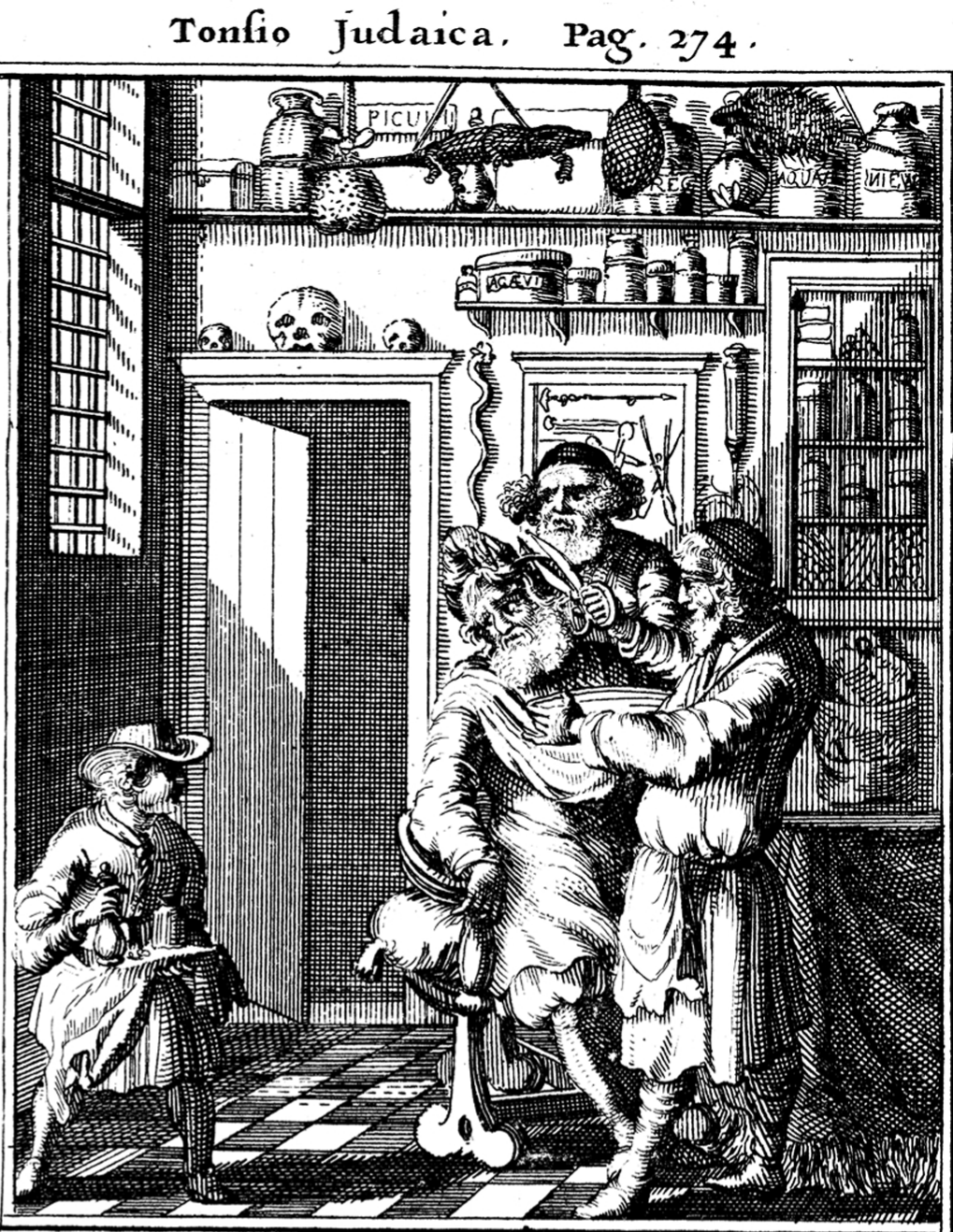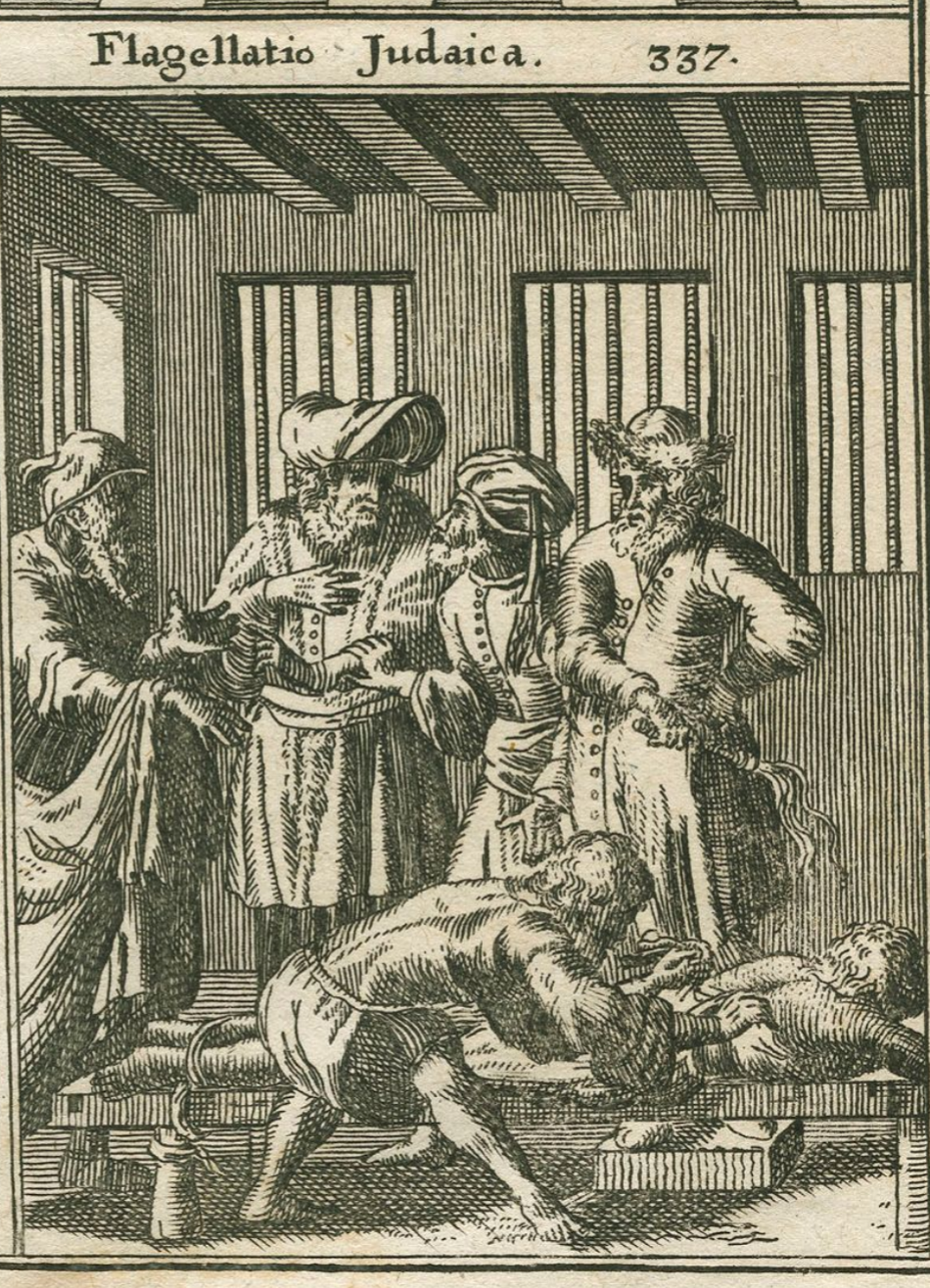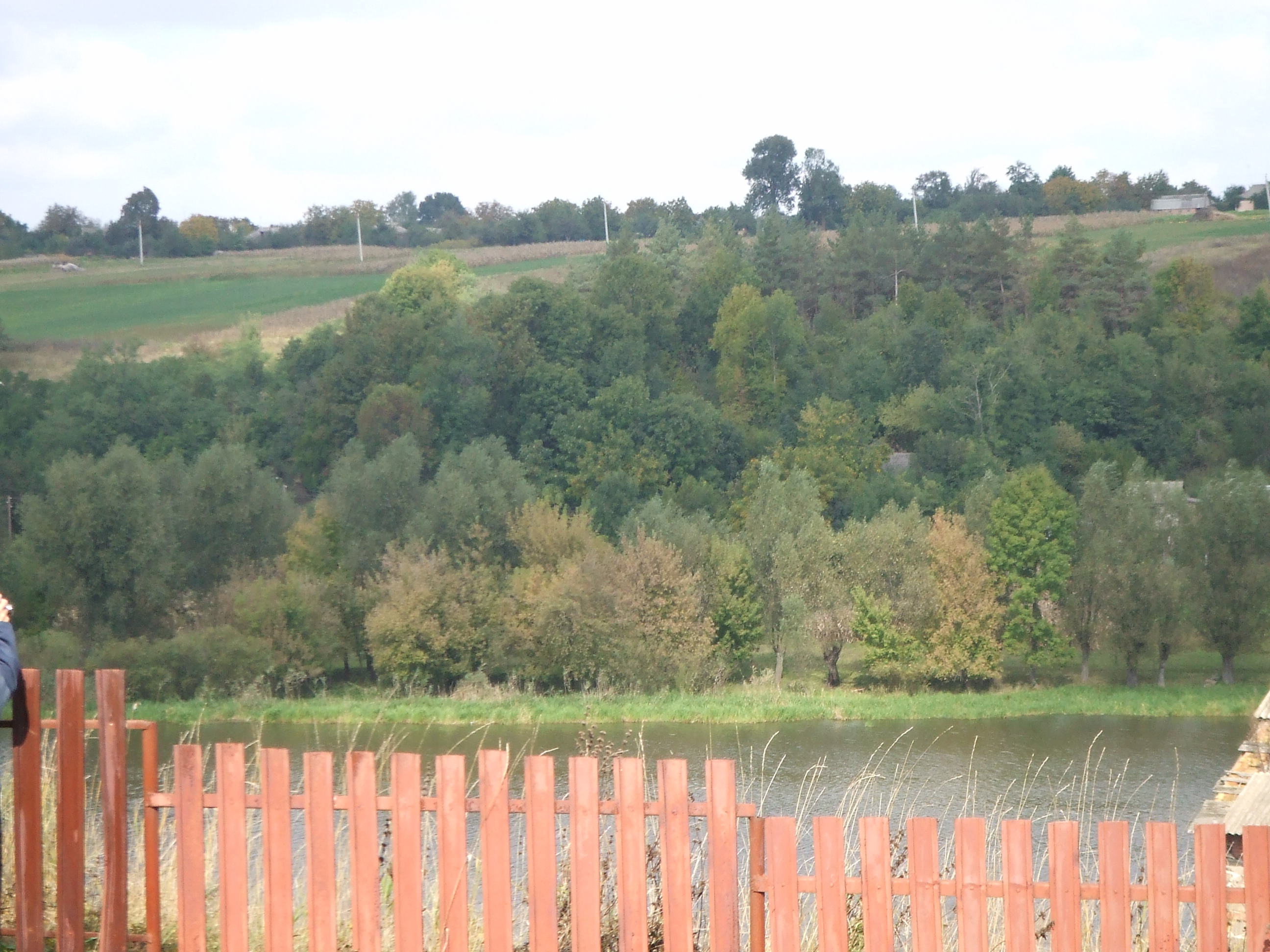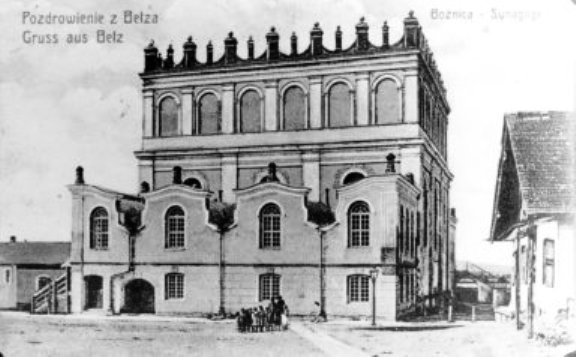|
Pe'ot
''Pe'ot'', anglicized as payot ( he, פֵּאוֹת, pēʾōt, "corners") or payes (), is the Hebrew term for sidelocks or sideburns. Payot are worn by some men and boys in the Orthodox Jewish community based on an interpretation of the Tanakh's injunction against shaving the "sides" of one's head. Literally, ''pe'a'' means "corner, side, edge". There are different styles of payot among Haredi or Hasidic, Yemenite, and Chardal Jews. Yemenite Jews call their sidelocks ''simanim'' (), literally, "signs", because their long-curled sidelocks served as a distinguishing feature in the Yemenite society (differentiating them from their non-Jewish neighbors). Rabbinic interpretation Reason According to Maimonides, shaving the sidelocks was a heathen practice. Specifics The Torah says, "you shall not round off the ''pe'a'' of your head ()". The word ''pe'a'' was taken to mean the hair in front of the ears extending to beneath the cheekbone, on a level with the nose (Talmud – Makkot 20a ... [...More Info...] [...Related Items...] OR: [Wikipedia] [Google] [Baidu] |
Makkot
Makot (in Hebrew: מכות) (in English: "Lashes") is a tractate of the Mishnah and Talmud. It is the fifth volume of the order of Nezikin. Makkot deals primarily with laws of the Jewish courts (beis din) and the punishments which they may administer, and may be regarded as a continuation of tractate Sanhedrin, of which it originally formed part. In its scope of application are the topics of: *The false witnesses (''Edim Zomemim'') *The exile in a city of refuge. (''Aray Miklat'') *The lashes administered by the court. (''Makkot'') The third chapter of tractate Makkot enumerates 59 offenses, each entailing lashes. Of these, three are marital sins of priests; four, prohibited inter-marriages; seven, sexual relations of an incestuous nature; eight, violations of dietary laws; twelve, various violations of the negative precepts; twenty-five, abuses of Levitical laws and vows. When the offense has been persisted in, the punishment depends on the number of forewarnings (see Hatra'ah) ... [...More Info...] [...Related Items...] OR: [Wikipedia] [Google] [Baidu] |
Kabbalistic
Kabbalah ( he, קַבָּלָה ''Qabbālā'', literally "reception, tradition") is an esoteric method, discipline and Jewish theology, school of thought in Jewish mysticism. A traditional Kabbalist is called a Mekubbal ( ''Məqūbbāl'' "receiver"). The definition of Kabbalah varies according to the tradition and aims of those following it, from its origin in medieval Judaism to its later adaptations in Western esotericism (Christian Kabbalah and Hermetic Qabalah). Jewish Kabbalah is a set of esoteric teachings meant to explain the relationship between the unchanging, eternal God in Judaism, God—the mysterious ''Ein Sof'' (, ''"The Infinite"'')—and the mortal, finite universe (God's Genesis creation narrative, creation). It forms the foundation of Mysticism, mystical religious interpretations within Judaism. List of Jewish Kabbalists, Jewish Kabbalists originally developed their own transmission of Primary texts of Kabbalah, sacred texts within the realm of Jewish traditio ... [...More Info...] [...Related Items...] OR: [Wikipedia] [Google] [Baidu] |
Yarmulke
A , , or , plural ), also called ''yarmulke'' (, ; yi, יאַרמלקע, link=no, , german: Jarmulke, pl, Jarmułka or ''koppel'' ( yi, קאפל ) is a brimless cap, usually made of cloth, traditionally worn by Jewish males to fulfill the customary requirement that the head be covered. It is worn by all men in Orthodox Jewish communities during prayers and by most Orthodox Jewish men at all other times. Among non-Orthodox Jewish communities, those who wear them customarily do so only during prayer, while attending a synagogue, or in other rituals, and often women may also wear them in those communities. Etymology The term ( he, כיפה) literally means "dome", as the kippah is worn on the head like a dome. The Yiddish term might be derived from the Polish or the Ukrainian , perhaps ultimately from Medieval Latin ("cowl, hood"). It may also be of Turkic origin (akin to , meaning "rainwear"); the word is often associated with the phrase (), formed from the Aramaic wo ... [...More Info...] [...Related Items...] OR: [Wikipedia] [Google] [Baidu] |
Ger (Hasidic Dynasty)
Ger (Yiddish: גער, also Gur, adj. Gerrer) is a Polish Hasidic dynasty originating from the town of Góra Kalwaria, Poland, where it was founded by Yitzchak Meir Alter (1798–1866), known as the "Chiddushei HaRim". Ger is a branch of Peshischa Hasidism, as Yitzchak Meir Alter was a leading disciple of Simcha Bunim of Peshischa (1765–1827). Before the Holocaust, followers of Ger were estimated to number in excess of 100,000, making it the largest and most influential Hasidic group in Poland. Today, the movement is based in Jerusalem, and its membership is estimated at 11,859 families, as of 2016, most of whom live in Israel, making Ger the largest Hasidic dynasty in Israel. However, there are also well-established Ger communities in the United States and in Europe. In 2019, some 300 families of followers led by Shaul Alter, split off from the dynasty led by his cousin Yaakov Aryeh Alter. History In his early years, Yitzchak Meir Alter became a close disciple of Simch ... [...More Info...] [...Related Items...] OR: [Wikipedia] [Google] [Baidu] |
Chabad
Chabad, also known as Lubavitch, Habad and Chabad-Lubavitch (), is an Orthodox Jewish Hasidic dynasty. Chabad is one of the world's best-known Hasidic movements, particularly for its outreach activities. It is one of the largest Hasidic groups and Jewish religious organizations in the world. Unlike most Haredi groups, which are self-segregating, Chabad operates mainly in the wider world and caters to secularized Jews. Founded in 1775 by Rabbi Schneur Zalman of Liadi, the name "Chabad" () is an acronym formed from three Hebrew words— (the first three sephirot of the kabbalistic Tree of Life) (): "Wisdom, Understanding, and Knowledge"—which represent the intellectual and kabbalistic underpinnings of the movement. The name Lubavitch derives from the town in which the now-dominant line of leaders resided from 1813 to 1915. Other, non-Lubavitch scions of Chabad either disappeared or merged into the Lubavitch line. In the 1930s, the sixth Rebbe of Chabad, Rabbi Yosef Yitzcha ... [...More Info...] [...Related Items...] OR: [Wikipedia] [Google] [Baidu] |
Nachman Of Breslov
Nachman of Breslov ( he, רַבִּי נַחְמָן מִבְּרֶסְלֶב ''Rabbī'' ''Naḥmān mīBreslev''), also known as Reb Nachman of Bratslav, Reb Nachman Breslover ( yi, רבי נחמן ברעסלאווער ''Rebe Nakhmen Breslover''), and Nachman from Uman (April 4, 1772 – October 16, 1810), was the founder of the Breslov Hasidic movement. Reb Nachman, a great-grandson of the Baal Shem Tov, revived the Hasidic movement by combining the esoteric secrets of Judaism (the Kabbalah) with in-depth Torah scholarship. He attracted thousands of followers during his lifetime, and his influence continues today through many Hasidic movements such as Breslov Hasidism. Reb Nachman's religious philosophy revolved around closeness to God and speaking to God in normal conversation "as you would with a best friend". The concept of ''hitbodedut'' is central to his thinking. Biography Reb Nachman was born on April 4, 1772 (Rosh Chodesh of Nisan) in the town of Międzybóż, which ... [...More Info...] [...Related Items...] OR: [Wikipedia] [Google] [Baidu] |
Breslov (Hasidic Dynasty)
Breslov (also Bratslav, also spelled Breslev) is a branch of Hasidic Judaism founded by Rebbe Nachman of Breslov (1772–1810), a great-grandson of the Baal Shem Tov, founder of Hasidism. Its adherents strive to develop an intense, joyous relationship with Names of God in Judaism, God, and receive guidance toward this goal from the teachings of Rebbe Nachman. The movement has had no central, living leader for the past 200 years, as Rebbe Nachman did not designate a successor. As such, they are sometimes referred to as the טויטע חסידים (the "Dead Hasidim"), since they have never had another formal Rebbe since Nachman's death. However, certain groups and communities under the Breslov banner refer to their leaders as "Rebbe". The movement weathered strong opposition from virtually all other Hasidic movements in Ukraine throughout the 19th century, yet, at the same time, experienced growth in numbers of followers from Ukraine, History of the Jews in Russia and the Sovi ... [...More Info...] [...Related Items...] OR: [Wikipedia] [Google] [Baidu] |
Belz (Hasidic Dynasty)
Belz ( yi, בעלזא) is a Hasidic dynasty founded in the town of Belz in Western Ukraine, near the Polish border, historically the Crown of the Kingdom of Poland. The group was founded in the early 19th century by Rabbi Shalom Rokeach, also known as the ''Sar Shalom'', and led by his son, Rabbi Yehoshua Rokeach, and grandson, Rabbi Yissachar Dov, and great-grandson, Rabbi Aharon, before the Nazi invasion of Poland in 1939. While Rabbi Aharon managed to escape Europe, together with his brother Rabbi Mordechai Rokeach, most of the Belz Hasidim were murdered in the Holocaust. Rabbi Aharon re-established the Hasidic community in Israel following World War II. At present Belz has sizable communities in Israel, Western Europe, and the Anglosphere. History The founder of the dynasty was Rabbi Shalom Rokeach, also known as the ''Sar Shalom'', who was inducted as rabbi of Belz in 1817. He personally helped build the city's large and imposing synagogue. Dedicated in 1843, the buildin ... [...More Info...] [...Related Items...] OR: [Wikipedia] [Google] [Baidu] |
Satmar
Satmar (Yiddish: סאַטמאַר, Hebrew: סאטמר) is a Hasidic group founded in 1905 by Grand Rebbe Joel Teitelbaum, in the city of Szatmárnémeti, Hungary (now Satu Mare in Romania). The group is an offshoot of the Sighet Hasidic dynasty. Following World War II, it was re-established in New York. Satmar is the largest Hasidic dynasty in the world, with some 26,000 households. It is characterized by extreme conservatism, complete rejection of modern culture, and fierce anti-Zionism. Satmar sponsors a comprehensive education and media system in Yiddish, and its members use Yiddish as a primary language. The sect also sponsors and leads the Central Rabbinical Congress, which serves as an umbrella organization for other very conservative, anti-Zionist, and mostly Hungarian-descended ultra-Orthodox communities. After Joel Teitelbaum's death in 1979, he was succeeded by his nephew, Moshe Teitelbaum. Since the latter's death in 2006, the dynasty is split between his two sons, ... [...More Info...] [...Related Items...] OR: [Wikipedia] [Google] [Baidu] |
Krymchaks
The Krymchaks ( Krymchak: , , , ) are Jewish ethno-religious communities of Crimea derived from Turkic-speaking adherents of Rabbinic Judaism.Krymchaks at the They have historically lived in close proximity to the , who follow . At first ''krymchak'' was a Russian descriptive used to differentiate them from their [...More Info...] [...Related Items...] OR: [Wikipedia] [Google] [Baidu] |
Crimean Tatars
, flag = Flag of the Crimean Tatar people.svg , flag_caption = Flag of Crimean Tatars , image = Love, Peace, Traditions.jpg , caption = Crimean Tatars in traditional clothing in front of the Khan's Palace , poptime = , popplace = , region1 = , pop1 = 3,500,000 6,000,000 , ref1 = , region2 = * , pop2 = 248,193 , ref2 = , region3 = , pop3 = 239,000 , ref3 = , region4 = , pop4 = 24,137 , ref4 = , region5 = , pop5 = 2,449 , ref5 = , region7 = , pop7 = 1,803 , ref7 = , region8 = , pop8 = 1,532 , ref8 = , region9 = *() , pop9 = 7,000(500–1,000) , ref9 = , region10 = Total , pop10 = 4.024.114 (or 6.524.11 ... [...More Info...] [...Related Items...] OR: [Wikipedia] [Google] [Baidu] |









